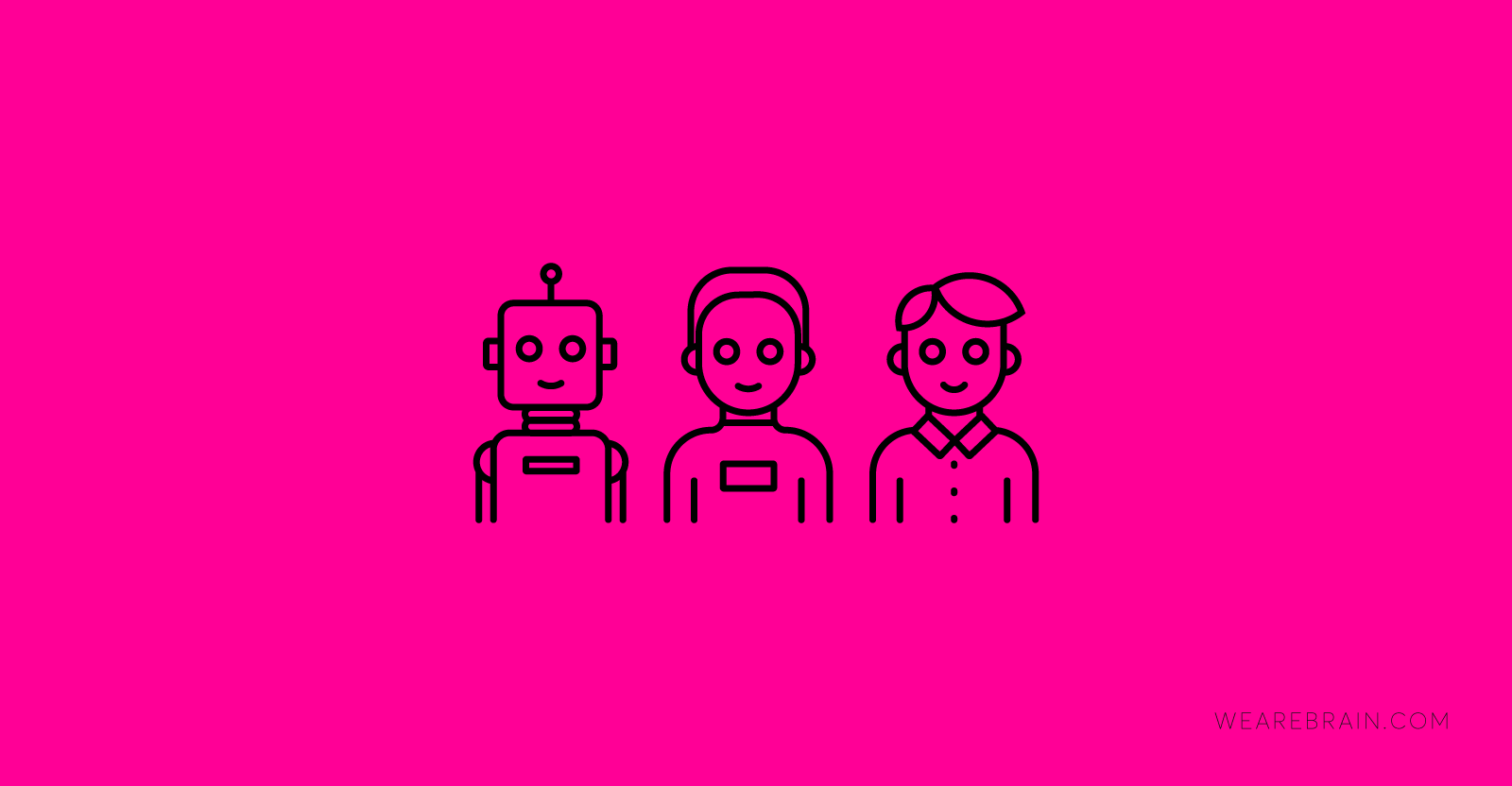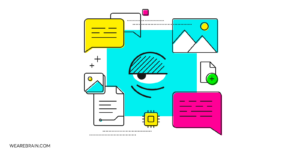Is the world ready for the next generation virtual assistant?

Find out everything you need to know about artificial intelligence and automation, and their applications in the working world with our new book, Working Machines – An Executive’s Guide to AI and Intelligent Automation. It is available on Amazon, Google Books, Apple Books and Audible.
The race is on! Google, Microsoft, Apple and Amazon are in a staunchly competitive race to making their virtual assistants appear more human than ever before. While each of these conglomerates wouldn’t be the first to develop and humanise their AI functionality, the idea of your AI being both an assistant and a friend is the place all these companies want to play. You’ve likely seen news about Sophia, the first robot to become a fully-fledged citizen of a country (Saudi Arabia). She has a body and human-like face, she has a sense of humour and is capable of showing human emotion. “I want to live and work with humans so I need to express the emotions to understand humans and build trust with people,” says Sophia. Whether her responses to various situations that make you and I sad or angry are correct are still to be determined.
You may ask if Sophia already exists then what kind of tech is missing for Cortana, Siri, Alexa or Hey Google to take on human form. The answer lies not in technology as much as it lies in human emotion and the elements that make up a human personality. The winning recipe is in the sweet spot where your VAs emotional response to a situation is accurate, however, it’s still not clear if that’s what we really want. Imagine for a moment (and we’ve all done it) that you say something nasty to Siri because she didn’t supply the right information and you make her cry…
But before we get into the social implications of more sentient AI, it feels appropriate to spend a little time defining and looking at the differences between 3 human-like types of AI. Starting with what our current home assistants are now and what Sophia is ported to be.
The virtual assistant
Much like chatbots, VAs use natural language processing to interact and engage with humans. Their point of difference lies in the level of sophistication. They are more dynamic than chatbots and are arguably more natural than chatbots. The range of functionality and their ability to carry out various tasks far surpasses the ability of a regular chatbot that is programmed to do a smaller set of specific tasks to assist a business or brand. Virtual assistants also have the ability to engage with other platforms allowing them, for example, to access your calendar and email to set-up meetings, sending emails, purchasing concert tickets or booking hotels. Having said that, the main capability for VAs is the ability to recognise voice commands and that, generally, sets them apart from chatbots that require communication by keystroke.
Virtual human agent
The key distinction between virtual human agents (VHAs) and VAs is that VHAs have a body and a face. They also have a more sophisticated level of technology. But the real change for humans is that you’re no longer speaking TO a voice in the internet ether, you’re speaking WITH AI technology that has a face and a body, which the tech and scientific community agree is a big jump for humans to take in their day-to-day interaction with their AI assistants.
While this technology still makes use of natural language processing, VHAs also possess deep AI-powered systems that allow them additional capabilities like sight, hearing, emotions and intelligence.
“They can react to images and situations in the real world, converse, operate, think, and communicate as a human would” explains the Connectome team, a company focusing on the development of Virtual Human Agent technology.
Generally, VHAs are ‘embodied entities’. This basically means they have bodies and faces that are represented digitally, usually through an avatar that communicates with you just like a human. There have been examples of these kinds of avatars used as healthcare support staff, while others have been working as receptionists and customer service staff for years already. Most recently, augmented reality startup, Magic Leap have made a real breakthrough in this space with Mica. She is a virtual assistant whose facial expressions and natural reactions are uncannily human. She hasn’t quite hit the mainstream market as yet but as soon as Magic Leap has released their new AR glasses you’ll be able to welcome her into your home.
The idea of VHAs has been around for a while but it seems that technology is only now catching up to what we have imagined this kind of solution to look, act and feel like. While still trailing behind Magic Leap, Apple and the gang can now truly invest in moving their VAs to VHAs.
So what’s the hold-up?
To successfully introduce a new version of VA in the form of a VHA, according to James Vlahos, author of the book Talk to me, “The big tech companies are forced right now to drive right down the centre of the highway in terms of personality”.
Why is this? Human beings are programmed for empathy. We have a relatively unique ability to feel and care for those around us that we interact with daily, but are also able to divorce our emotion and care for others when they are foreign, unseen people. So we’re more likely to want to engage fully with an avatar that feels familiar to us in some way and engages us in a way that we enjoy.
“If I can see Alexa or Siri and the way those characters (avatars) speak to me is more emotional, then I will feel much deeper loyalty to those brands,” explains Edward Saatchi.
Humanoids
Before we look at what it may mean for the human race to have VHAs living and working in households across the globe, let’s quickly define the last kind of human-like AI, which is the category that Sophia fits firmly in. From a tech perspective, they’re not all that different from VAs and VHAs. The core difference is that they have real bodies that may make them feel more real. But it also means that when you’re done with them for the day they need a place ‘to sleep’. We’ve seen this version of AI in popular culture for decades now and it appears that technology is finally getting to a point where humanoids are likely to become more visibly mainstream.
AI and the moral dilemma
At the beginning of this article, I mentioned making Siri cry. While it may sound absurd, the truth is that for many that is the goal: for robots and AI to be as human as technology will allow. There are many questions to be answered if we succeed. How comfortable will we all really be with insisting that our human-like counterparts cater to our every whim or desire? Are we ready for the next generation interface of human-like artificial intelligence? Will AI be seen as a trusted friend one day, instead of a mere tool? Or are we headed down a darker path, where our AI-powered human-like interfaces feel more like slaves than assistants and does that even matter?
Elvire Jaspers
Working Machines
An executive’s guide to AI and Intelligent Automation. Working Machines takes a look at how the renewed vigour for the development of Artificial Intelligence and Intelligent Automation technology has begun to change how businesses operate.







